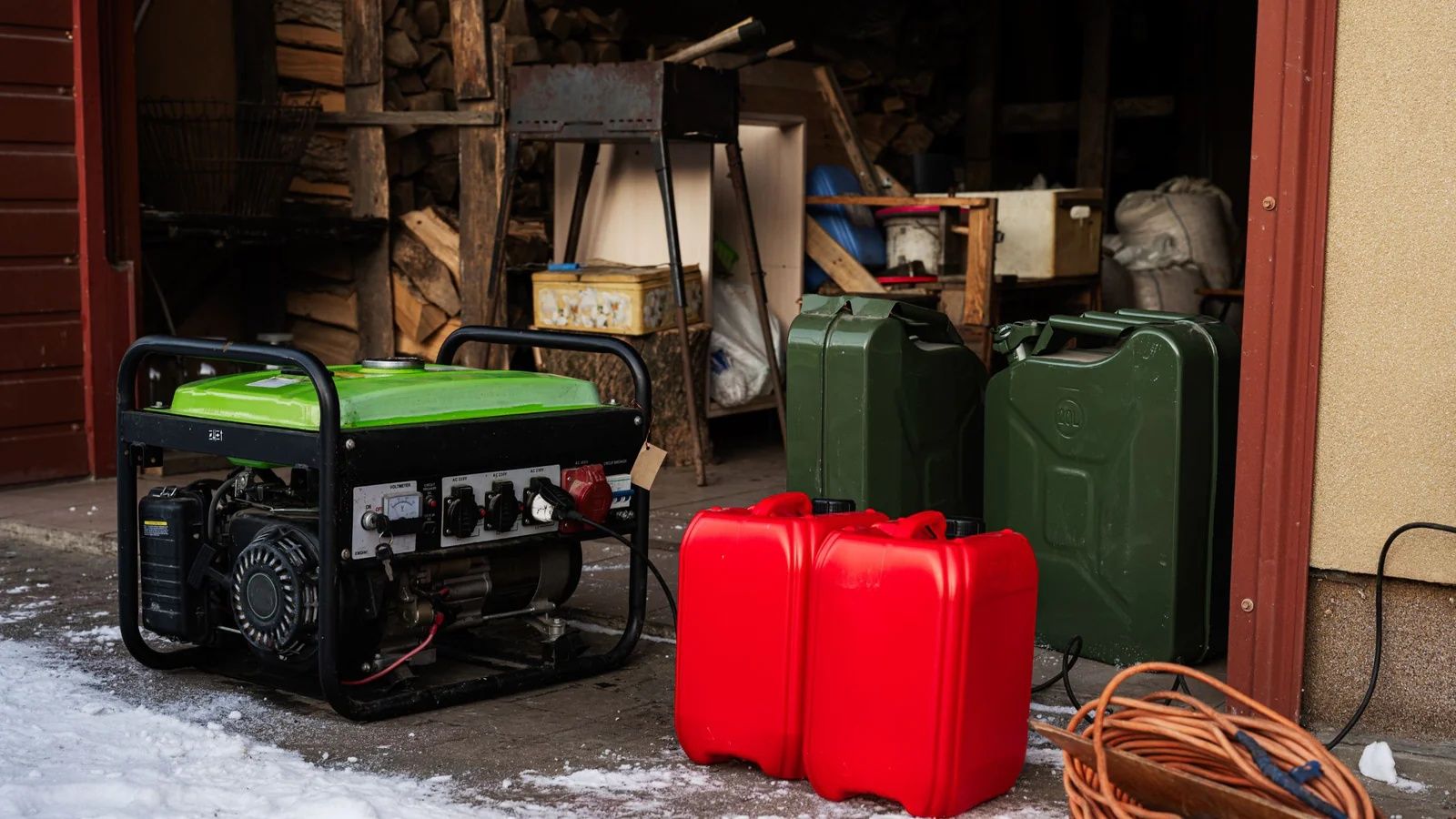Explore Types of Generators: Guide, Insights, and Key Information
Generators play a vital role in providing backup and continuous power where traditional electricity supply is unavailable, unstable, or insufficient. They are commonly used in homes, industries, hospitals, construction sites, and events. The purpose of a generator is to convert mechanical energy into electrical energy, ensuring that critical systems and operations do not come to a halt during outages.
Different types of generators exist to suit specific needs, including diesel, natural gas, solar, wind-powered, and portable models. Each has unique advantages, environmental implications, and applications. As the demand for uninterrupted power grows globally, generators remain central to energy resilience and emergency preparedness.
Importance
The relevance of generators has increased in recent years due to factors such as:
-
Power outages caused by extreme weather events, infrastructure strain, or technical faults.
-
Rising energy demand in developing and industrialized regions alike.
-
Support for critical operations in healthcare, data centers, and transport systems.
-
Off-grid applications in remote locations, mining, and military operations.
Generators are essential to businesses, governments, and households. They solve problems such as downtime, economic loss, and safety risks when electricity is unavailable. For industries that require constant uptime, such as IT, healthcare, and finance, generators are not optional but a necessity.
Recent Updates
Over the past year, significant updates have reshaped the generator industry.
-
Hybrid and renewable integration (2024–2025): Many manufacturers have introduced hybrid systems that combine diesel with solar or wind input, reducing emissions and fuel dependency.
-
Digital monitoring: Smart generators now feature IoT connectivity, enabling remote tracking, predictive maintenance, and fuel optimization.
-
Regulatory push for cleaner energy: Governments worldwide are encouraging low-emission generators to meet climate goals. In 2024, the U.S. Environmental Protection Agency updated emission standards for portable and standby generators.
-
Increased demand in Asia-Pacific (2025): Countries such as India, China, and Indonesia are experiencing higher generator demand due to urbanization, frequent power shortages, and industrial growth.
These changes highlight a shift from traditional fuel-heavy generators to smarter, cleaner, and more efficient alternatives.
Laws or Policies
Government regulations strongly influence the generator market. Key examples include:
-
Emission standards: The U.S. Environmental Protection Agency (EPA) and the European Union regulate emissions for diesel and natural gas generators. Compliance with Tier 4 (U.S.) and Stage V (EU) standards is mandatory for new equipment.
-
Noise restrictions: Many urban areas enforce limits on generator noise, requiring manufacturers to design quieter systems.
-
Renewable energy incentives: Programs in countries like India and Germany promote solar-powered generators through subsidies and tax benefits.
-
Safety regulations: In most regions, standby and industrial generators must follow strict installation codes and fire safety measures.
These policies ensure that generator use aligns with environmental protection, safety, and sustainability goals.
Types of Generators
Understanding the main categories of generators helps in evaluating their roles:
Diesel Generators
-
Widely used in industries and commercial facilities.
-
Known for durability, fuel efficiency, and long operating life.
-
Higher emissions compared to alternatives.
Natural Gas Generators
-
Cleaner than diesel, with lower emissions.
-
Reliable for standby applications and widely used in residential and commercial sectors.
-
Require access to a gas pipeline.
Solar Generators
-
Eco-friendly and increasingly popular.
-
Best suited for residential backup and outdoor activities.
-
Dependent on sunlight availability, making them less reliable during cloudy conditions.
Wind-Powered Generators
-
Suitable for off-grid areas with consistent wind supply.
-
Environmentally sustainable.
-
Installation can be costly and location-dependent.
Portable Generators
-
Flexible and easy to move.
-
Common for temporary power needs, camping, and small-scale emergencies.
-
Limited runtime and power output.
Comparative Overview
| Generator Type | Advantages | Limitations | Common Uses |
|---|---|---|---|
| Diesel | Durable, high power, reliable | Emissions, higher maintenance | Industry, commercial buildings |
| Natural Gas | Cleaner, cost-efficient | Requires pipeline connection | Homes, offices, hospitals |
| Solar | Eco-friendly, renewable | Weather-dependent, storage cost | Homes, outdoor events |
| Wind | Sustainable, off-grid potential | Location limits, high setup | Rural, remote communities |
| Portable | Easy transport, flexible | Limited power, short runtime | Camping, small backup power |
Tools and Resources
Several tools and resources help individuals and businesses understand and manage generators effectively:
-
Sizing Calculators: Many manufacturers provide online generator sizing calculators to determine capacity needs.
-
Energy Apps: Applications like EnergySage and EcoFlow assist in monitoring renewable generator performance.
-
Government Portals: The U.S. Department of Energy and India’s Ministry of Power offer guidelines on safe installation and energy efficiency.
-
Online Resources: Technical handbooks and standards from the International Electrotechnical Commission (IEC) guide compliance and safety.
FAQs
What type of generator is best for home backup?
Natural gas and solar generators are often preferred for home use due to lower emissions and reliability. Portable generators are suitable for smaller needs.
Are solar generators reliable during long outages?
Solar generators work well in sunny conditions but require battery storage to remain effective during cloudy weather or at night.
How long do diesel generators last?
With proper maintenance, industrial diesel generators can last 20,000–30,000 hours of operation, which can equal decades of use.
What safety measures should be followed?
Generators must be installed in well-ventilated areas, away from living spaces, with proper grounding and adherence to safety codes.
Do government regulations affect portable generators?
Yes, emission and noise standards apply even to portable generators in many countries, influencing their design and usage limits.
Conclusion
Generators remain an essential part of modern infrastructure, ensuring power continuity during outages and supporting industries, healthcare, and households. The industry is evolving with advances in hybrid systems, digital monitoring, and eco-friendly designs. Understanding the types of generators, their applications, and the impact of policies helps individuals and businesses make informed choices.
By exploring the latest insights, resources, and compliance guidelines, users can better evaluate the right generator solution for their needs, balancing reliability, efficiency, and sustainability.
